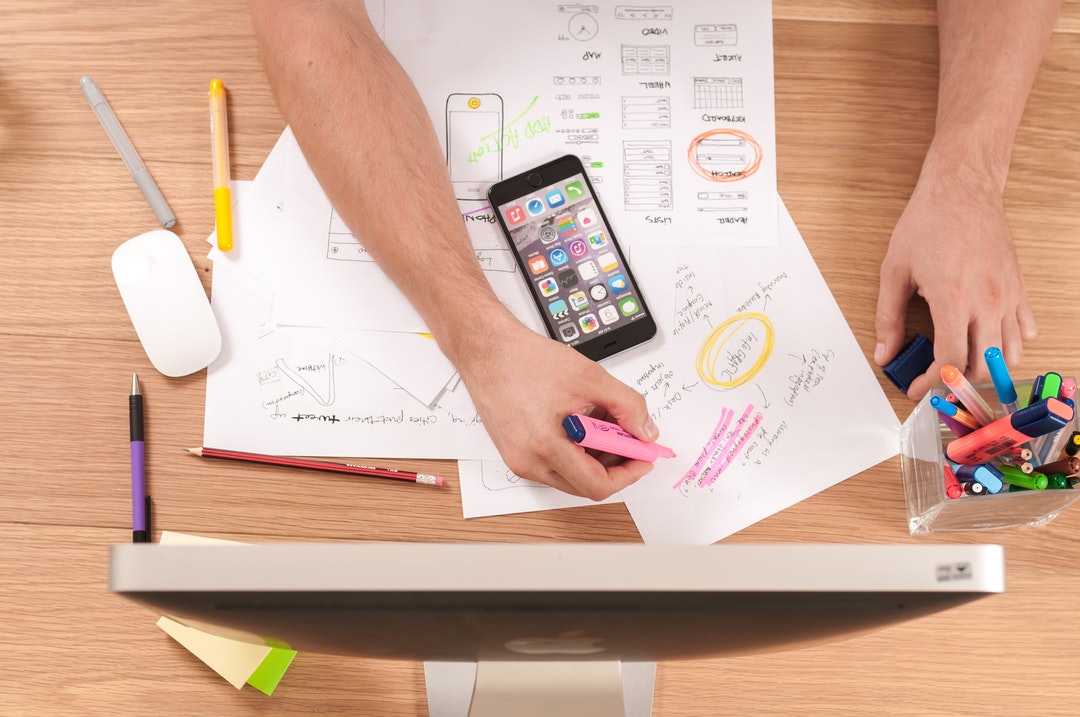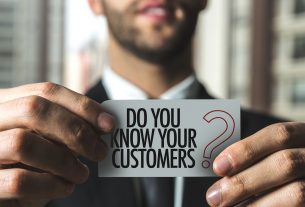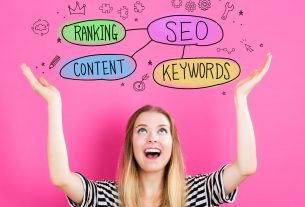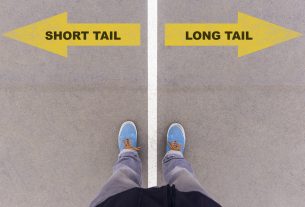Did you realize that SEO goes far deeper than simply adding keywords to your content?
Everything, right down to the design of your website, affects your website’s ranking in Google and other search engines like Bing and Yahoo. But how do web design and SEO affect each other?
Check out these top web design factors that affect SEO.
Pop-Ups
It almost goes without saying that pop-ups will create a poor user experience, but many take the bait. Whether you are taking advantage of pop-ups to generate email leads, offering a promotion, or offering a free download of your latest whitepaper, just don’t do it!
Hard to Read Content
Having hard to read content, both visually and legibly, can negatively affect your SEO.
Visually, if visitors can’t read your content, then you will more than likely have a pretty hefty bounce rate.
Why would people stick around if the text is too small or the colors are too intense that it is impossible to make out what your website is even about?
If the context and grammar of your content make it illegible, then when Google crawls your website, it will probably automatically ding your website for poor quality.
Having a “Loud” Website
Having loud sounds on your website will surely prove to create a poor user experience. Be it chat notifications or videos, nobody wants to have a bunch of noises go off while they’re surfing in a coffee shop.
But your website can be loud in other ways too. Having a color scheme that is too distracting for your user to focus on the purpose of your website, whether it is a blog, a store, or a page to advertise your services, be sure that your color scheme and graphics don’t distract your visitors from converting.
Slow Page Load Speed
One of the biggest reasons visitors leave a site is if it doesn’t load quickly enough. This can be due to a variety of reasons, such as your files being too large.
Be sure to keep your file sizes as small as possible, or even consider a “lazy load” option on your website to ensure it loads in less than two seconds.
You can get more info here on how to use different features like a “lazy load”.
Next Steps: Improving Your Web Design and SEO
At the end of the day, your web design negatively affects your SEO due to the overall user experience. This works by determining the bounce rates of website visitors as well as considering how long visitors are on your page.
The higher the bounce rate and the lower the amount of time they spend on your website will cause search engines to decrease your ranking.
Take the first steps to boost your web design and SEO by visiting RankingCheck.com. We will check what your current SEO status is so you can analyze issues your website has, such as problems with your web design, to start improving your rank.
Visit our website today to get started.



